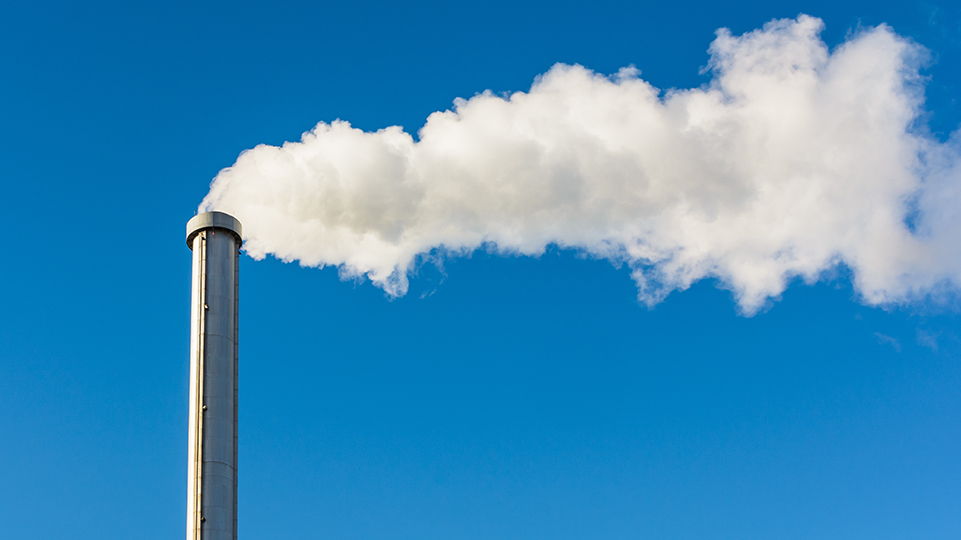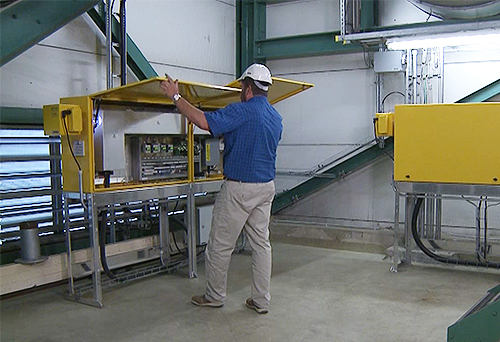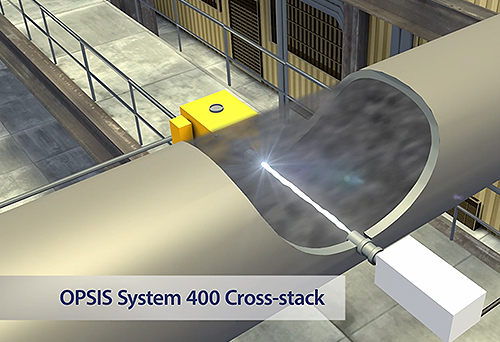Raw gas monitoring for control of flue gas treatment
Monitoring in raw gas places high demands on the instruments. The temperatures are high and the gases are often reactive. There may also be high dust levels. In order to control flue gas cleaning, the monitoring systems must also be able to react in near real time. However, these are no problems for OPSIS non-contact monitoring systems, which work excellently in these circumstances, with high availability and low operating costs.
MANY APPLICATION AREAS
There are several types of flue gas treatment where the OPSIS monitoring systems offer fast, reliable, and cost-effective monitoring for optimal control.
- By monitoring the levels of SO2, HCl, and other reactive substances before a scrubber and controlling the lime supply based on the measurement results, the cleaning can be optimised with maximum effect without unnecessary consumption of lime. Repeated monitoring of the same parameters after the scrubber provides proof of effectiveness.
- Similarly, the NO content can be monitored before a DeNOx treatment step (SCR, SNCR) to control the supply of ammonia (urea). The monitoring of NO after the treatment provides confirmation of the desired effect. At the same time, NH3 can also be measured to monitor that not too much ammonia is added.
- Depending on the fuel type, it may also be of interest to monitor the Hg concentration for flue gas treatment. Read more about this on our special webpage on mercury monitoring.
- The OPSIS monitoring systems can also be used for optimisation of combustion and for monitoring emissions to the ambient air.
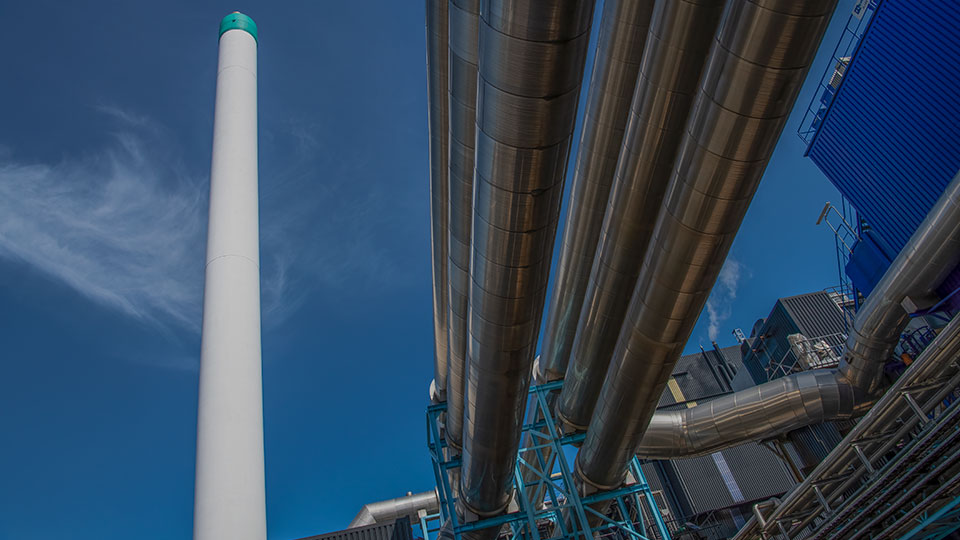
Systems with quick response for TOUGH ENVIRONMENTS
The OPSIS monitoring systems are based on gas analysers that have short response times, are accurate, and require minimal maintenance. The monitoring takes place contact-free along light beams where gas molecules can absorb parts of the light. During process monitoring, light beams are sent through the gas channels, or some of the gases are led into measurement cells through which the light is sent. The light is captured and led via optical fibres to the analyser which measures the absorption and calculates the gas concentrations.
A single analyser can measure several types of gases along several light paths. It provides a very cost-effective monitoring system. The concentrations of all relevant types of gases can be monitored, for example HCl, SO2, NO, NH3, and Hg.
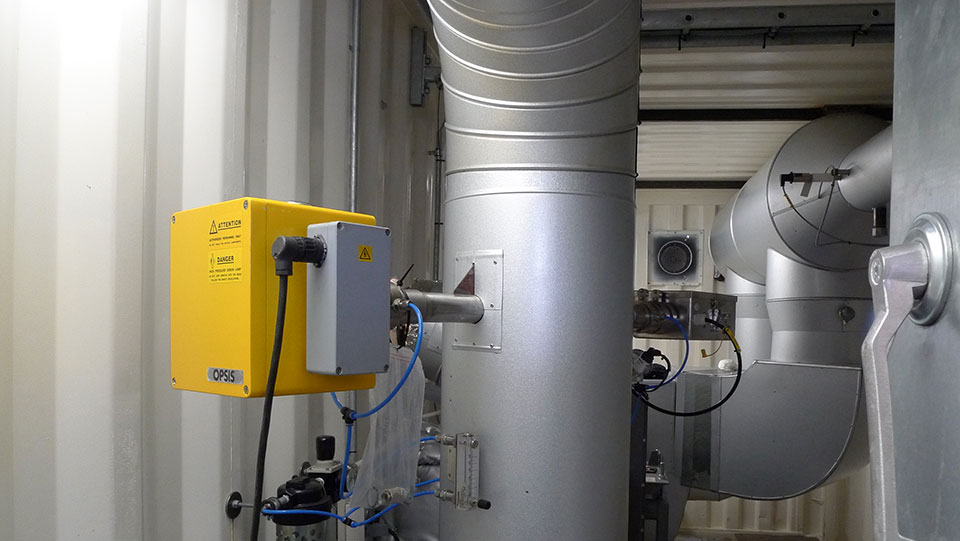
GAS ANALYSIS WITH OPSIS
There are multiple reasons for choosing OPSIS as supplier of systems for gas analysis. Among the key benefits of the methods and solutions offered by OPSIS are:
- cost savings by reducing consumption of scrubbing material
- fast and accurate monitoring of SO2, HCl, NO, and NH3
- one system for all components
- a single system can measure at several monitoring points
- best performance according to QAL1 certification
- longest calibration interval according to QAL1 certification
- optional automatic QAL3 control
- non-contact monitoring, no sampling
- long maintenance interval
- low energy consumption
- gas calibration only once a year
- thousands of systems installed worldwide
- certified by, among others, German TÜV and under British MCERTS standards.
